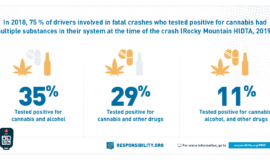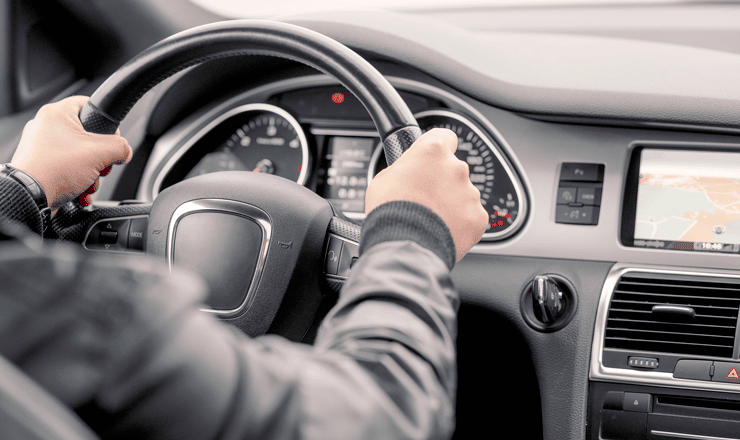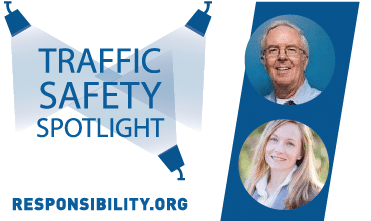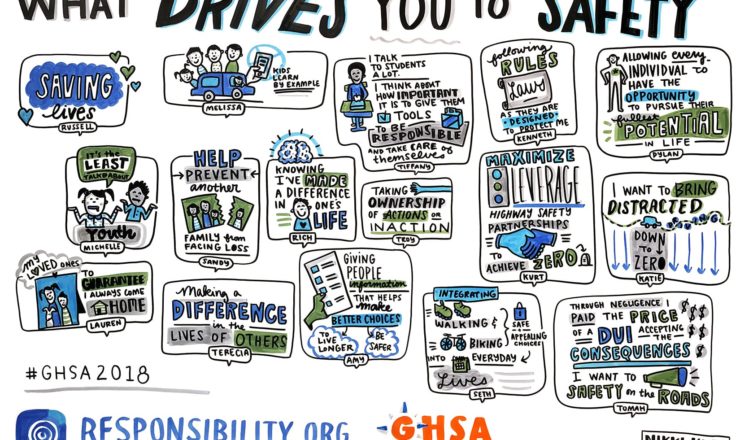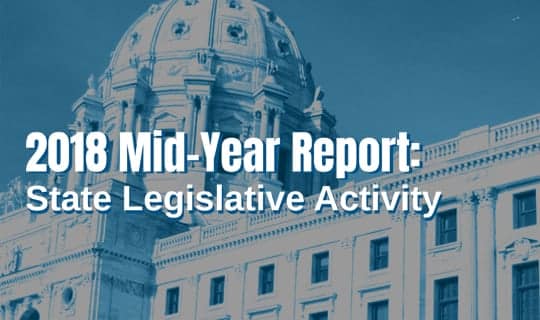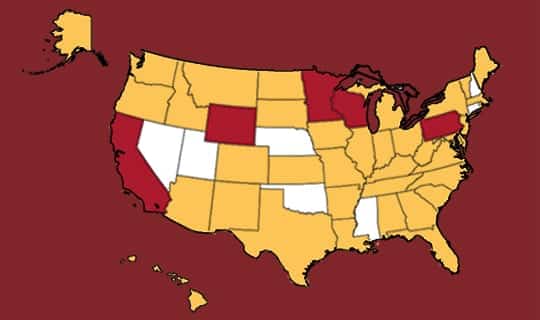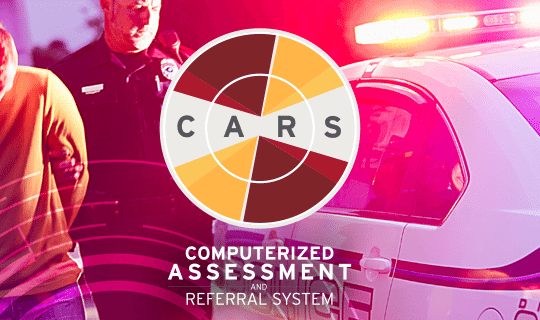Driving under the influence of drugs (DUID - also referred to as drugged driving and drug-impaired driving) is the operation of a motor vehicle while under the influence of or impaired by any type of drug (including illicit substances such as marijuana, prescription medications, and some over-the-counter medications). When ingested, these substances have the ability to impair driver performance, thus creating a public safety risk.
Results from the National Highway Traffic Safety Administration’s (NHTSA) National Roadside Survey (NRS) in 2013-2014 found that 22.5% of night-time drivers tested positive for illegal, prescription, or over-the-counter medications (based on the combined results of either or both oral fluid and blood tests). Comparatively, only 1.5% of night-time drivers tested positive for a BAC above the legal limit of .08.
The drug that has shown the largest increase in weekend nighttime prevalence is THC (marijuana). In the 2007 NRS, 8.6% of weekend nighttime drivers tested positive for THC. This number increased to 12.6% in the 2013-2014 NRS. This reflects a 48% increase in the percentage of weekend nighttime drivers who tested positive for THC from 2007 to 2013-2014. Another NHTSA study that examined drug involvement of fatally injured drivers found that of the 12,055 drivers with known drug test results in 2009, 33% were positive for the presence of drugs. This represented a 5% increase from 2005.
The use of marijuana before or while driving is a particular concern as it relates to young drivers. While the self-reported frequency of high school seniors driving after drinking has declined in recent years, the number of teens who reported driving after using marijuana has increased.
Although years of scientific research have led to the passage of .08 BAC laws in every state, no such research exists for DUID limits. Using drugs and consuming alcohol significantly increases the risk of a crash. In other words, using a drug such as marijuana in addition to consuming alcohol has a multiplicative effect, which is incredibly dangerous both to a driver and everyone else who shares the road with someone who is impaired.
Testing for drug impairment is currently difficult and expensive. Many gaps in research exist and law enforcement protocols call for no additional drug investigation if a .08 BAC level is established. Learn more about the challenges of DUID enforcement. Read our complete policy position here and visit our State Laws Map to view the drug-impaired driving and marijuana-impaired driving laws in your jurisdiction.
Responsibility.org efforts:
In an effort to address the drugged driving problem, Responsibility.org funded the Governors Highway Safety Association (GHSA), to create a report for states that advises practitioners and policymakers. Drug-Impaired Driving: A Guide for States is the first comprehensive look at the issue of drug-impaired driving and synthesizes the current state of knowledge, drugged driving laws, and intervention strategies. An advisory panel consisting of national experts weighed-in to develop practical recommendations that policymakers, state highway safety offices, and practitioners can utilize to prevent and reduce drug-impaired driving. Pulling from more than three decades of experience in combating drunk driving, these individuals helped to inform efforts to reverse the uptick in drugged driving. The original version of the report was released in the fall of 2015 and an updated version with the latest statistics, research, and education efforts was released in April 2017.
One of the consensus-based recommendations that was borne out of this report was the need to train more law enforcement officers to detect drugged drivers. Understanding that more resources are needed at the state level to accomplish this goal, Responsibility.org once again partnered with GHSA and NBA legend Shaquille O’Neal to continue to fight drug-impaired driving. Through a competitive grant process, four states are receiving $20,000 each to increase the number of officers certified as Drug Recognition Experts (DREs) and trained in Advanced Roadside Impaired Driving Enforcement (ARIDE). The Florida, Illinois, Nevada, and Texas highway safety offices will each use their funding to provide law enforcement officers with the advanced training and skills required to detect drivers who are impaired by marijuana and other drugs. By the end of 2016, these states provided training and certification to nearly 500 officers. Five additional drugged driving enforcement grants were awarded to the Illinois, Montana, Washington, West Virginia, and Wisconsin Highway Safety Offices in the spring of 2017.
Additional resources:
Cannabis Impairment Detection Workshop Handbook
Driving Under the Influence of Drugs: A Checklist for Policymakers
Drug-Impaired Driving: A Guide for States (GHSA - updated 2017 version)
Oral Fluid Testing for Impaired Driving Enforcement (Flannigan et al., 2017)
Drugged Driving (ONDCP)
Drugged Driving Research: A White Paper (Institute for Behavior and Health)
Drug-Impaired Driving: Additional Support Needed for Public Awareness Initiatives (GAO)
Teen Drugged Driving: A Community Awareness Activity Toolkit (ONDCP)
The Problem of Youth Drugged Driving and Approaches to Prevention (CCSA)
Advanced Drugged Driving Data at the State Level (AAA FTS)
An Evaluation of Data from Drivers Arrested for DUI in Relation to Per Se Limits for Cannabis (AAA FTS)
Driver Toxicology Testing and the Involvement of Marijuana in Fatal Crashes, Washington 2010-2014 (WTSC)
The Legalization of Marijuana in Colorado: The Impact Vol. 3 (Rocky Mountain HIDTA)




